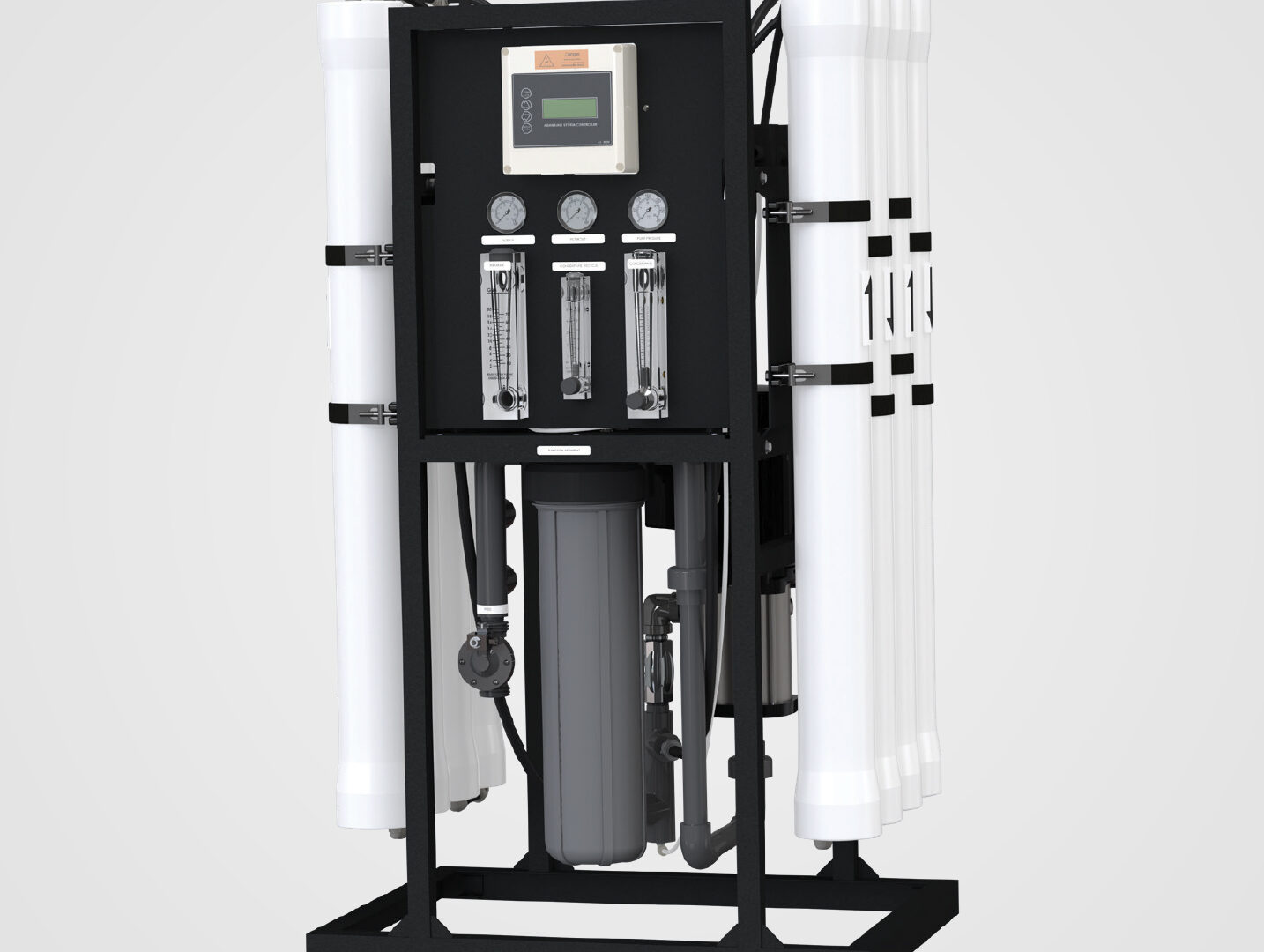Key Components of Reverse Osmosis Membranes in Pharmaceuticals
Reverse osmosis membranes used in pharmaceutical applications consist of key components essential for the purification process. These membranes are typically made of thin sheets of semi-permeable material, allowing water molecules to pass through while blocking impurities and contaminants. One of the crucial components is the membrane itself, which is designed to have precise pore sizes to effectively filter out particles and ensure the purity of the final product.
In addition to the membrane, reverse osmosis systems also include pressure vessels, which house the membranes and facilitate the flow of water through them. These vessels are constructed to withstand high pressures to enable the osmotic process to occur efficiently. Another critical component is the feed pump, responsible for pushing the water through the system at the required pressure for the separation to take place. The combination of these components plays a vital role in the successful operation of reverse osmosis systems in pharmaceutical settings.
Applications of Reverse Osmosis Technology in Pharmaceutical Industry
Reverse osmosis technology has found wide applications in the pharmaceutical industry due to its effectiveness in purifying water used in various production processes. By utilizing semi-permeable membranes, reverse osmosis is capable of removing impurities, contaminants, and bacteria from water sources, ensuring that the pharmaceutical products meet stringent quality standards. This technology plays a crucial role in maintaining the purity of water used for drug formulations, cleaning equipment, and overall manufacturing operations.
Reverse osmosis technology is instrumental in the production of high-purity water for critical pharmaceutical applications like injection solutions, drug synthesis, and laboratory testing. The removal of ions, particles, and organic compounds through reverse osmosis membranes guarantees the consistency and reliability of the pharmaceutical products, minimizing the risk of contamination and ensuring regulatory compliance. With its versatility and efficiency, reverse osmosis technology continues to be a cornerstone in enhancing the quality and safety of pharmaceutical manufacturing processes.
Benefits of Using Reverse Osmosis Membranes for Pharmaceutical Purification
Reverse osmosis membranes offer numerous benefits for pharmaceutical purification processes. One significant advantage is their high level of purification, removing up to 99% of impurities such as bacteria, viruses, and dissolved solids from water. This ensures that the final pharmaceutical products meet stringent quality standards, free from contaminants that could compromise their efficacy or safety. The compact size and scalability of reverse osmosis systems make them suitable for various production scales, from small pharmaceutical laboratories to large manufacturing facilities.
Reverse osmosis membranes provide a cost-effective solution for pharmaceutical purification compared to traditional methods. By significantly reducing the need for chemical additives and energy consumption, they contribute to lower operational costs and increased efficiency in pharmaceutical production. The sustainable nature of reverse osmosis technology aligns with the growing emphasis on environmentally friendly practices within the pharmaceutical industry, making it a preferred choice for companies striving towards more sustainable manufacturing processes.
Understanding the Mechanism of Reverse Osmosis in Pharmaceutical Processes
Reverse osmosis (RO) is a vital process employed in the pharmaceutical industry for the purification of water and other fluids. The mechanism of RO involves applying pressure to a solute solution, forcing the solvent through a semi-permeable membrane while leaving behind contaminants. This selective filtration process ensures that pharmaceutical products meet stringent purity standards required for human consumption. By understanding the principles of osmosis and applying them in reverse, pharmaceutical companies can achieve high levels of product quality and safety.
In pharmaceutical processes, reverse osmosis plays a crucial role in removing impurities such as bacteria, viruses, and dissolved solids from water sources. This purification method is highly effective in producing clean and reliable water for various applications, including drug manufacturing, equipment sterilization, and laboratory procedures. By harnessing the power of reverse osmosis, pharmaceutical facilities can maintain a controlled environment that adheres to regulatory guidelines and safeguards the integrity of their products.
Challenges and Solutions in Implementing Reverse Osmosis in Pharmaceutical Production
One common challenge in implementing reverse osmosis in pharmaceutical production is the potential for membrane fouling. This occurs when particles or impurities accumulate on the surface of the membrane, reducing its efficiency over time. Solutions to combat fouling include regular cleaning schedules, using proper pretreatment methods to minimize impurities, and selecting high-quality membranes designed to resist fouling.
Another challenge faced in utilizing reverse osmosis in pharmaceutical production is the need for precise monitoring and control of operating parameters such as pressure, flow rates, and temperature. Variations in these factors can impact the effectiveness of the process and the quality of the purified water. Implementing automated systems for real-time monitoring and adjustment, along with regular calibration of equipment, can help ensure consistent performance and reliable results in pharmaceutical production processes.
Quality Control Measures for Reverse Osmosis Membranes in Pharmaceutical Settings
Quality control measures for reverse osmosis membranes in pharmaceutical settings are essential to ensure the purity and effectiveness of pharmaceutical products. Regular monitoring of key parameters such as pressure, flow rate, and rejection rates is crucial in maintaining the efficiency of the reverse osmosis system. Any deviations from the set specifications should be promptly investigated and rectified to prevent any potential contamination or loss of product quality.
In addition to routine monitoring, regular maintenance and cleaning of reverse osmosis membranes are vital for their optimal performance. Fouling and scaling are common issues that can hinder the effectiveness of the membranes, leading to decreased productivity and increased energy consumption. Implementing proper cleaning protocols and scheduling membrane replacement when necessary are important quality control measures to uphold the integrity of the reverse osmosis system in pharmaceutical production.
